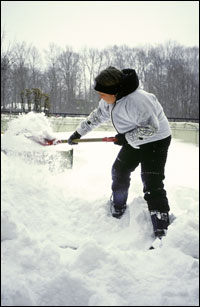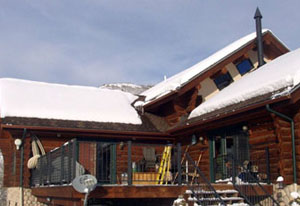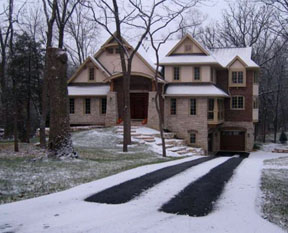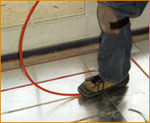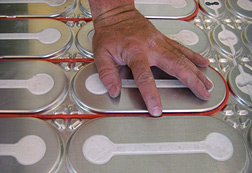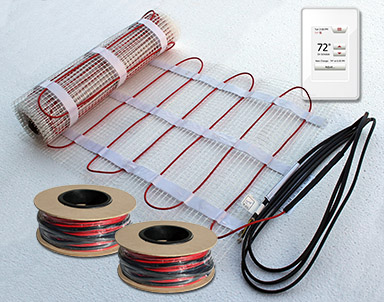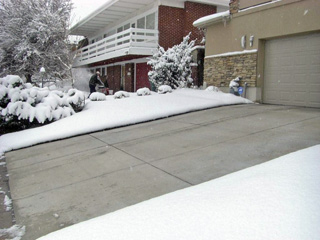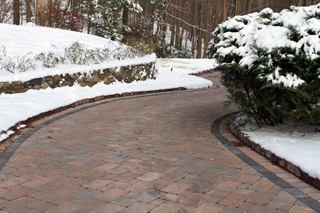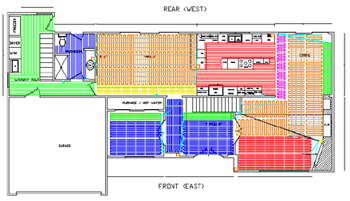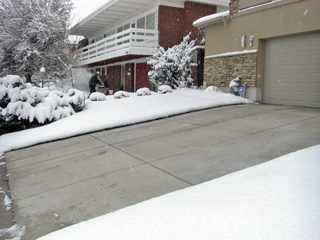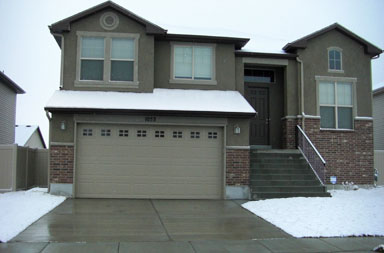Snow Melting Systems – Technology for the Ages
While radiant heated driveways are viewed as a relatively modern convenience, you might be surprised to know that radiant heat has been around since antiquity. The Romans actually utilized raised-slab floors and an exterior wood fired furnace to heat their villas. As hot gases from the furnace would enter the house below floor level, they were naturally drawn through the floors up and out of the walls, radiating heat along the way.
Of course, radiant heat technology has come a long way. Durable, easily installed and inconspicuous, it clears the driveways and sidewalks we travel on, and warms our floors (along with our soles). Great news if you’ve ever considered a heated driveway in your future!
Today’s heated driveways are made up of three main elements: the heating element, the controller and the snow sensor or activation device. Controlled by either a wall-mounted control box, snow melting systems can be activated manually; or, with the help of sensors, automatically as conditions change.
ClearZone radiant heat cable comes with several benefits. Safely installed in new concrete pours, under pavers and in harsh, high-temperature new asphalt projects, it delivers unmatched durability. ClearZone cable can be customized to meet performance and space requirements for virtually any snowmelt project. Featuring a unique, maintenance-free design, a 10-year manufacturers warranty and the quickest response time, ClearZone cable is built to consistently outperform the competition.
Warmzone’s compact 6 x 3.5-inch wall-mounted snowmelt control unit monitors the activity of the entire heated driveway system. The snowmelt control unit can be switched on/off (standby) and the heating system can be forced on in case of blowing snow or ice formation due to wind or shade. It features manual override capability, and can also be controlled using an external signal, from a day/week timer, GSM-module or other signal source.
When moisture is present and the preset temperature is reached, it is the snow sensor—whether aerial-mounted or mounted within the pavement—that relays the information to the controller to activate the snow melting system. Once the trigger temperature is set, the sensor switch will only activate a radiant heated driveway when needed, saving energy and operating costs.
As radiant heat technology has evolved, the ease of installation and the chief benefits of snow melting systems–efficiency and convenience–make heated driveways more compelling than ever. You can install heated driveways during pre- or post-construction phases, in almost any medium. The good news—with so much expertise and experience, Warmzone can easily customize a snowmelt system solution that’s right for your specific needs and budget.

